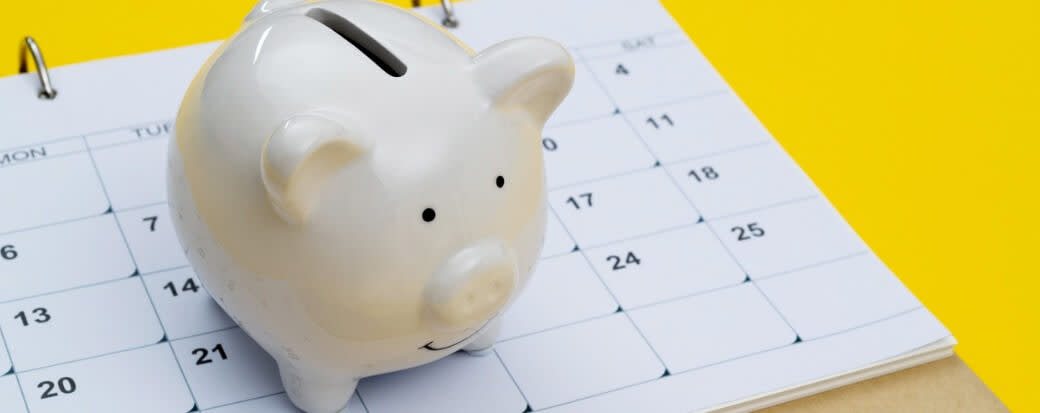What Are Some Examples of Monthly Budgets?

Share this article:
Editor’s note: Lantern by SoFi seeks to provide content that is objective, independent, and accurate. Writers are separate from our business operation and do not receive direct compensation from advertisers or network providers. Read more about our Editorial Guidelines and How We Make Money.
Typical Monthly Expenses
Housing
Food
Debt
Medical Expenses
Fun Spending
How to Create a Budget
Step 1. Identify all sources of income. The key to knowing what you can do with your money each month stems from knowing just how much income you have coming in. You should tally up all regular sources of income such as paychecks from a job, rent money from a property you own, or revenue from a small business or side hustle. Step 2. Write down ongoing necessary expenses. There are some expenses that pop up every single month no matter what. The necessary ongoing expenses such as rent, a car payment, and groceries are what need to be written down first. Tally up that amount to see how much is left for other expenses. Don’t forget to include minimum debt payments here. Step 3. Take a cold, hard look at unnecessary spending. Pull receipts or credit card and bank statements for the past three to six months to get an idea of where any unnecessary spending is occurring. See what expenses can be cut (like pricey subscriptions or impulse purchases) to determine how much money needs to be set aside for unnecessary expenses. Step 4. Set financial goals and rework the budget. Once it’s clear how much extra money is available for non-necessary expenses each month, it’s a good idea to think about how some of that money can make accomplishing financial goals like paying off debt or saving for retirement easier. After setting goals, look back at the budget as a whole to see where expenses can be cut to make room for these goals.
What to Include in a Monthly Budget
Housing Food Utilities Phone Transportation Health care Pet care Debt payments Retirement contributions Savings contributions Discretionary spending
Examples of Monthly Budgets
Envelope System
50/30/20 Plan
Zero-Based Budgeting Plan
The Takeaway
Frequently Asked Questions
Photo credit: iStock/baona
LNTBNK-Q225-018
About the Author
Jacqueline DeMarco is a personal finance writer and editor based in Southern California. While she spends the bulk of her time writing about complex financial issues, she also tackles a variety of subjects ranging from food to fashion to travel. Her work can be found across dozens of publications such as Credit Karma, LendingTree, Northwestern Mutual, The Everygirl, and Apartment Therapy.
Share this article: